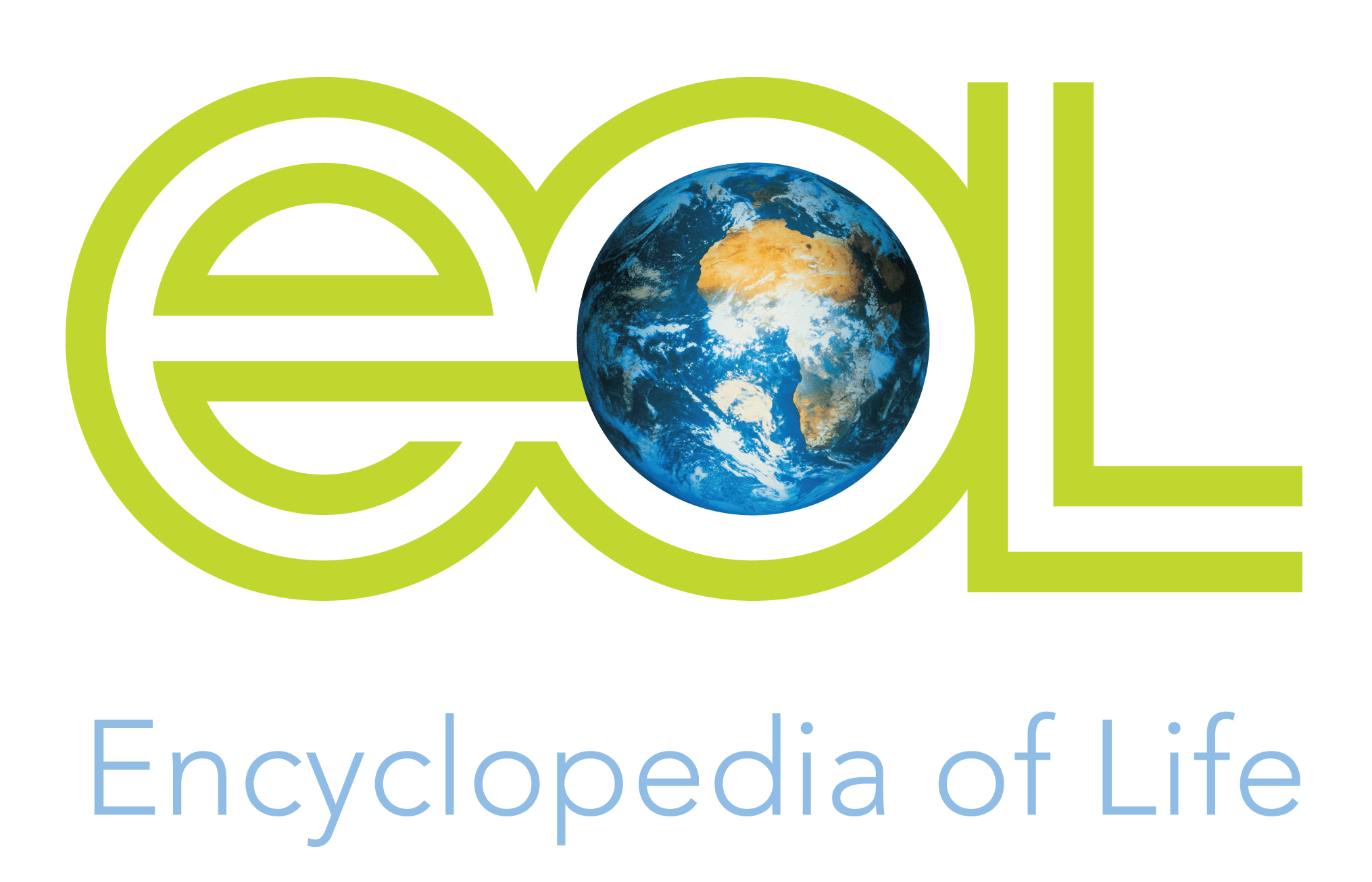habitat_narrative
Marine
The Southern Elephant Seal is the largest pinniped species. Adult males typically reach 4.5 m and a maximum of 5.8 m in length, and weigh 1,500â3,000 kg, with a maximum weight of about 4,000 kg. Adult females are similar in size and weight to Northern Elephant Seal females weighing 350â600 kg with exceptionally large females reaching 800 kg. Newborn pups are about 1.3 m and 40â50 kg. Pups are born in a long woolly black lanugo coat that is shed at about 3 weeks of age, to reveal a silver grey counter-shaded coat that is yellowish grey ventrally.Females reach sexual maturity between 3 and 5 years and males reach sexual maturity at an age of 5 years. However, few males breed until they reach social maturity at an age of least 10 years (Jones 1981). At Marion Island, rather anomalously, many males commence breeding at 7 or 8. Ninety percent of males die before the age of 10 years while 90% of females die before the age of 14 years (McCann 1980; Pistorius et al. 1999).
Elephant Seals have an annual cycle with two well-defined pelagic phases, with transitions being marked by moult and reproduction. Adult males and females come ashore to reproduce from August to October. This species provides one of the most extreme examples of polygyny among mammals on land, but recent evidence suggests an alternative strategy in the species with some females mating pelagically (de Bruyn et al. 2011). Although females are capable of annual pup production, many females skip breeding seasons (de Bruyn et al. 2011). The social units are harems, each held by a single dominant male that monopolizes access to around 60 sexually receptive females (at Marion Island) for a period of approximately two months. Early in the breeding season males establish dominance hierarchies on beaches via impressive displays, which include rearing up on the hindquarters and lifting almost two-thirds of the body straight up to fight with a peer or issue vocal challenges to nearby bulls.
Vocalizations include a booming, loud call of the adult male in the breeding season, variously called a bubbling roar, a harsh rattling sound, and a low pitched series of pulses with little variation in frequency. Adult females have a high-pitched yodelling call which they use when distressed, and to call their pups. They will also utter a low pitch, sputtering growl. Pups call to their mothers with a sharp bark or yap, which is also used when interacting with other seals.
Southern Elephant Seals spend a large percentage of their lives at sea (McIntyre et al. 2010) and only return to land to give birth, breed and moult, although especially young animals sometimes engage in a little-understood winter rest haulout. At sea, they range far from their rookeries and predominantly feed between the Subantarctic Convergence and the northern edge of the pack ice, south of the Antarctic Convergence. Adult males typically venture further south than females, and are known to forage at the seaward edge of the Antarctic continental shelf. However, at Marion Island they forage pelagically over very deep water, unlike many of the other populations that feed benthically or over much shallower water (McIntyre et al. 2011).
Foraging Elephant Seals combine exceptionally deep diving with long-distance travelling, covering millions of square kilometres while traversing a wide range of oceanographic regions during periods of up to seven months at sea (McIntyre et al. 2010). The seals spend most of their at-sea time in particular water masses that include frontal systems, currents and shifting marginal ice-edge zones. Studies of foraging locations suggest that seals are sensitive to fine-scale variation in bathymetry and ocean surface properties (sea-ice concentration and sea surface temperature) (McIntyre et al. 2011; Tosh et al. 2015).
Although not well understood, prey consists predominantly of squid and fish. Antarctic Notothenia fishes are thought to be important prey when these seals are near the Antarctic continental shelf. Most feeding by females occurs in deep ocean areas at mid-water depths (McIntyre et al. 2010)
Prince Edwards Islands have been proclaimed a Marine Protected Area, although human traffic due to research activities may have a minor and spatially limited disturbance effect on Marion Island.
Subantarctic islands (the pebble or sand beaches in particular) are vital haul-out habitats for breeding and moult in the species.
Ecosystem and cultural services: Southern Elephant Seals are major consumers in the Southern Ocean, playing a critical role as indicators of change in the ecosystems. As ubiquitous visitors to land, these apex predators provide opportunity for dedicated long term life history studies by field researchers. They are therefore a useful model species for assessment of demographic change, drivers of change and consequences thereof within this ecosystem. As top predators within the Prince Edward Islands ecosystem, they form important links in the islandsâ marine food web. Through import of large quantities of nutrients from the ocean when they breed and moult on the islands they markedly enhance soil and plant nutrient status in the vegetated areas in which they occur (Smith 2008).
In addition their value in the historical âsealingâ industry is useful for understanding socio-political and economic drivers of 19th and 20th century human endeavours into unchartered territories in the southern latitudes of our world.

